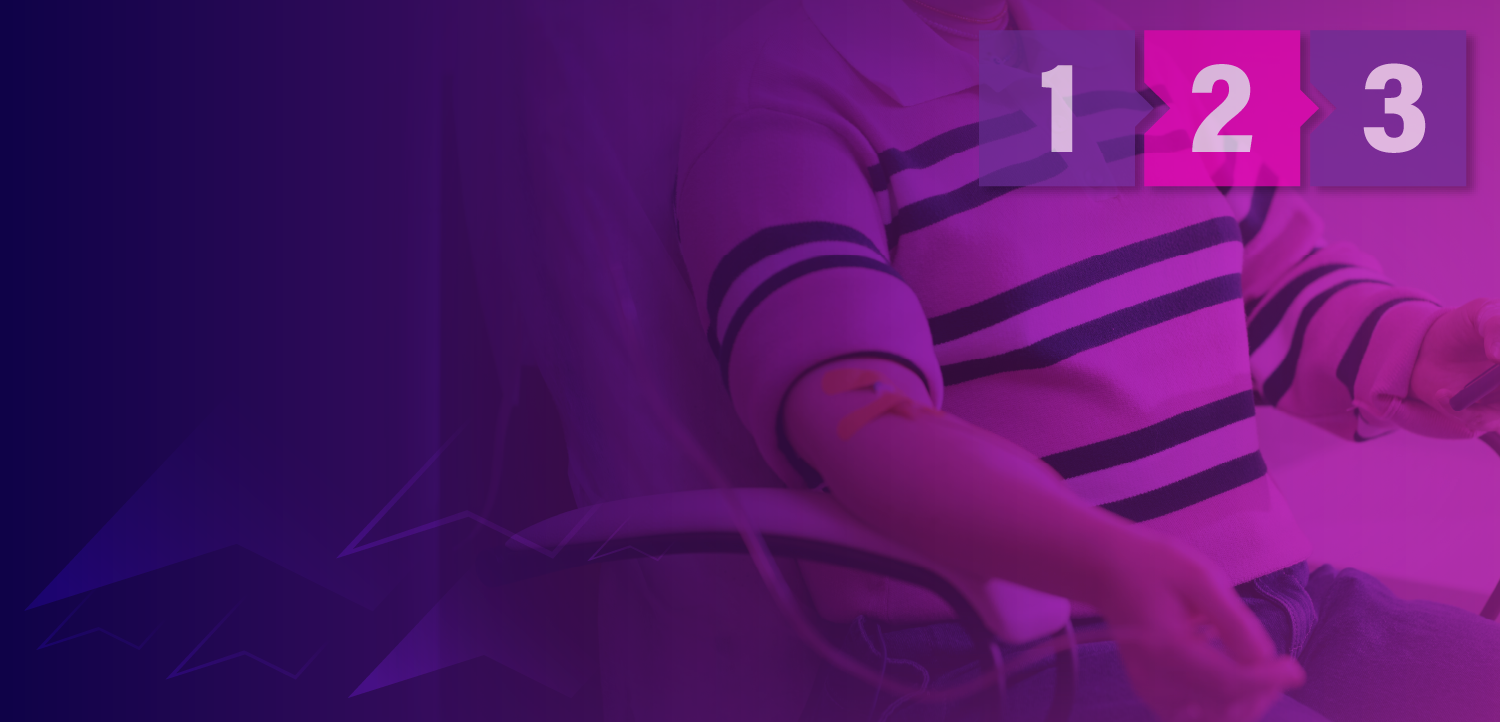
CROI: -a-Year Malaria Intervention Could Save Multitudes
LOS ANGELES -- An intervention costing less than a year could save the lives of thousands of HIV-infected children in Africa, researchers said here.
LOS ANGELES, March 1 -- An intervention costing less than a year could save the lives of thousands of HIV-infected children in Africa, researchers said here.
The combination of mosquito bednets treated with insecticide, and daily prophylaxis with co-trimoxazole (Septra, Bactrim), reduced the occurrence of malaria in young HIV patients by 97%, according to Anne Gasasira, M.B., Ch.B., of Makerere University Medical School in Kampala, Uganda.
The combined cost of a bednet and co-trimoxazole for a child under the age of five would be less than a year, Dr. Gasasira said at the Conference on Retroviruses and Opportunistic Infections here.
But widespread use of the intervention "would have a huge effect," she said, "because malaria is still the leading cause of mortality and morbidity in young (African) children."
According to the World Health Organization, malaria causes a million deaths a year, 75% of them in African children under age five. HIV-infected children are highly susceptible to the disease.
Dr. Gasasira conducted a cohort study, comparing 300 HIV-infected children treated at Kampala's Mulago Hospital and 561 healthy children from the community. All were younger than five.
Bednets and co-trimoxazole are each recommended for HIV-infected children, according to study co-author Diane Havlir, M.D., of the University of California at San Francisco, but for different reasons -- the mosquito nets to prevent malaria and the co-trimoxazole to avoid opportunistic infections.
"We were interested in the combination," she said.
The study is similar to one reported in The Lancet in 2004, in which HIV-infected adults were given bednets, antiretroviral therapy, and co-trimoxazole, Dr. Gasasira said. In that study, the researchers found similar but lower benefits for adults than she and colleagues found for children.
The 11-month study began in October 2005, when 88% of the HIV patients were using bednets and all were using co-trimoxazole. At that time, 6% of the healthy children were using bednets and none was taking the medication.
Halfway through the study, any child not reporting the use of a bednet was given one, Dr. Gasasira said, allowing the researchers to stratify the patients into several exposure groups.
The study found:
- Among those with no bednets and no medication (all in the healthy cohort in the first half of the study) the malaria incidence was 104.6 cases per 100 person-years.
- Among the healthy children with bednets, the incidence was 56 cases per 100 person-years.
- In the HIV patients getting the medication but without bednets, the incidence was 64.3 cases per 100 person-years.
- And in HIV patients with both medication and bednets, the incidence was 3.4 cases per 100 person-years.
Compared with the healthy children without bednets and not taking co-trimoxazole, the hazard ratio for the combination among the HIV-infected children was 0.03, with a 95% confidence interval from 0.01 to 0.11. The difference was statistically significant at P
Newsletter
Enhance your clinical practice with the Patient Care newsletter, offering the latest evidence-based guidelines, diagnostic insights, and treatment strategies for primary care physicians.






























































































































































































































































































































